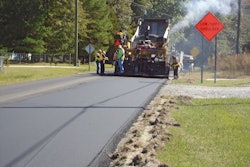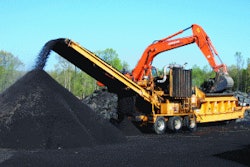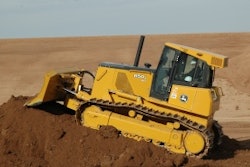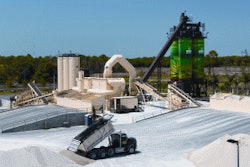Sustainability is among the latest buzzwords being bandied about in the construction industries. But before you dismiss it as just another reference to "going green," it's important to clarify the difference between the two. The green movement focuses largely on environmental awareness and how to reduce our carbon footprint. And while sustainability does include environmental impact, it goes beyond this to encompass economic and social value, as well.
The biofuels industry provides a perfect example of sustainability in action. Biofuel production utilizes renewable resources, reducing U.S. consumption of fossil fuels. This reduces our dependence on costly foreign oil sources (and the associated political ramifications). And it could potentially reduce the need for such controversial practices as offshore drilling. Hence, biofuel production offers environmental, social and economic advantages.
So how does sustainability factor into your construction business? Actually, it's likely you're already using sustainable construction practices on your jobsites.
One of the most common examples is the recycling of C&D waste (concrete, asphalt, wood waste, etc.) for reuse on site or resale to other companies as base material, fill, mulch or even fuel. This process can save project owners money in material costs, reduces the volume of material deposited into landfills (and the resulting fees) and cuts down on fuel usage and emissions by lowering the number of loads of waste materials transported to a dump site. Add to this the reduced consumption of resources to produce the materials, lower energy usage and emissions output to process those materials, a reduction in the number of loads to and from the jobsite for delivery -- well, you get the picture. More subtle examples of sustainable practices include the use of:
Machine grade control technology -- it cuts costs of completion by reducing the number of passes required to achieve grade, and correspondingly lowers fuel consumption and emissions output;
Equipment tracking systems to manage fleet logistics and optimize service intervals -- it can reduce machine numbers on site, lower their cost of operation, as well as shrink their carbon footprint via more efficient performance;
Oil analysis to extend oil change intervals -- it not only reduces downtime costs and lost productivity, but conserves fluids and reduces waste;
Use of remanufactured or rebuilt components -- it lowers your cost for parts replacement, while reducing consumption of natural resources during the manufacturing process.
Of course, there are numerous other examples of sustainable construction practices that you may, or could, be using. Identifying them can take some time and imagination, but that's where we've stepped in to help.
Starting in December, the Cygnus Construction Network is launching Sustainable Construction, a new digital publication devoted to the industry trends, products and best practices available to balance environmental, social and economic issues relative to successful sustainable construction. The topics covered will assist your company to become "environmental stewards," both productively and profitably. And it will help you understand how you can use this stewardship as a marketing tool for your business.
For more information on Sustainable Construction, contact Michelle EauClaire, editor, at [email protected]. Then, be sure to visit the e-Resources section of ForConstructionPros.com next month to review the inaugural digital edition.



















